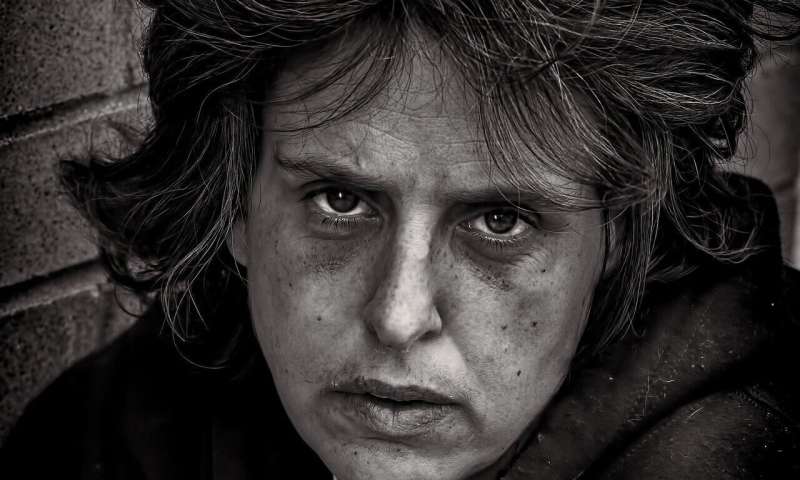
Homeless New Yorkers who menstruate face numerous challenges due to inadequate access to toilets, bathing spaces, and laundering services, as well as pervasive menstrual stigma. The study by researchers at Columbia University Mailman School of Public Health and the CUNY School of Public Health and Health Policy highlights the need for improved quality, supply, and accessibility of bathrooms for sheltered and street-dwelling homeless, and ease of access to bathing and laundering, particularly as the number of women in the city’s shelter system is near record highs.
In partnership with the Coalition for the Homeless, the researchers conducted in-depth interviews with 22 individuals ages 18 and older living on the street and in shelters in New York City in 2019. They also interviewed 15 staff at government agencies, shelters, and service provider organizations and conducted field audits of public toilets.
Results, which include interview excerpts, are published in the journal Health and Place.
“Homelessness, and a lack of adequate access to bathing and laundering, particularly for those living on the street, intensifies the difficulties around the pressure ‘to pass,’ as someone who is not homeless in order to enable increased access to toilets, which you need even more when managing monthly menstruation,” says first author Marni Sommer, DrPH, associate professor of sociomedical sciences at Columbia Mailman School. “A constant threat of feeling unclean, combined with pervasive menstrual stigma, takes a toll on these individuals’ self-esteem, their confidence, their sense that they can be respected in the world around them, and even their ability to seek out services, training and work.”
Among the study’s findings:
- Respondents report that shelter bathrooms are often dirty or flooded, making them unpleasant, unsafe, and sometimes, impossible to use. Gaining access to a private sector restroom is predicated on their ability to ‘pass’ as someone who is not homeless.
- Showering facilities across the city, made available by various service providers, are few in number for those living on the street, with limited hours and days of operation, and often seen as unclean and unsafe.
- Few shelters offer laundry services, and for those that do, many require payment. Numerous study participants said they dispose of items that are bloodstained or heavily soiled given the laundering challenges.
- Access to menstrual products is complicated by the embarrassment and shame of having to disclose one’s menstruating status to shelter or service provider staff in order to meet one’s basic needs.
“The subject of the menstruation management needs of individuals experiencing homelessness has received very little attention from researchers or policymakers in the U.S.,” says Sommer. “Our research clearly demonstrates the injustice of this neglect, and the need to improve bathroom quality, supply and accessibility, as well as improve ease of access to bathing and laundering resources. Such actions are essential given the high numbers of those experiencing homelessness in New York City, and in the time of COVID, a clarion call for clean and accessible public toilets is especially timely.”
The researchers disclose several limitations, including that they were unable to include individuals experiencing homelessness who struggle with mental health conditions, who are also less likely able to “pass” and access public or commercial restrooms. And, although the recruitment sought to be inclusive, ultimately everyone who was available for and interested in participating in an interview identified as a woman; thus, the researchers were unable to capture the experience of transmasculine and gender non-binary individuals, for whom adequate menstrual management can be a serious safety issue.
Background on Homelessness in New York City
Source: Read Full Article
